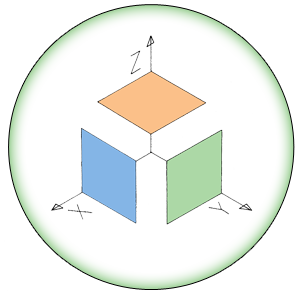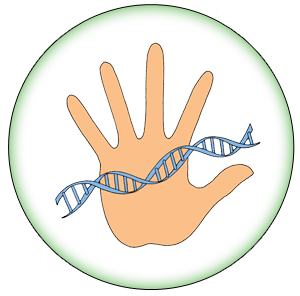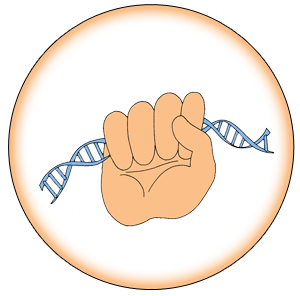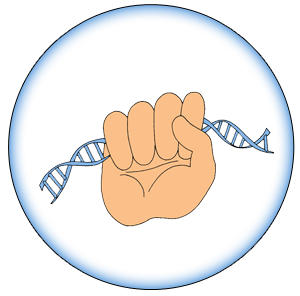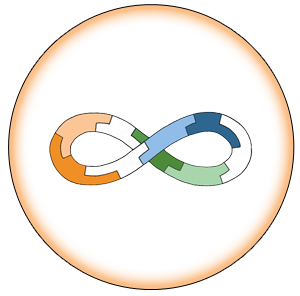Team:Edinburgh/GenBrick
From 2013.igem.org
Genbrick
iGEM is based around the idea of using standard parts from a library to generate new engineered biological systems. Currently iGEM mandates use of the BioBrick RFC10 standard for parts. RFC10 BioBricks are completely composable - that is, any set of parts from the library can be assembled together in any order. However, BioBricks have to be joined together pairwise, two at a time, usually with cloning and sequencing in between, so assembling large constructs can be quite slow.
Many iGEM teams have now turned to using alternative assembly methods such as Gibson assembly (isothermal assembly). Gibson assembly can assemble up to ten parts in a single reaction with high accuracy and efficiency, so saves a great deal of time. However, the order in which the parts assemble together is dictated by overlapping sequences at the ends, so generally parts have to be re-amplified by PCR to add new homology ends for each new assembly. This is opposed to the spirit of flexible composition of BioBricks.
We have attempted to address this problem by developing GenBrick, a new method for rapid assembly of multiple BioBrick RFC10-compatible parts in a single reaction, with completely flexible part order, without recloning or reamplification as required by other multi-part assembly schemes.
We hope that GenBrick will prove useful to future iGEM teams and be used as a new standard to assemble BioBricks. Below is a link to the PDF of the GenBrick RFC (RFC_98).

| 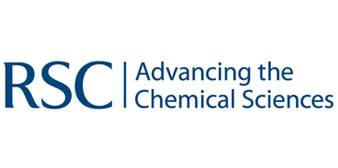
| | | | 
|
| This iGEM team has been funded by the MSD Scottish Life Sciences Fund. The opinions expressed by this iGEM team are those of the team members and do not necessarily represent those of MSD | |||||
 "
"










